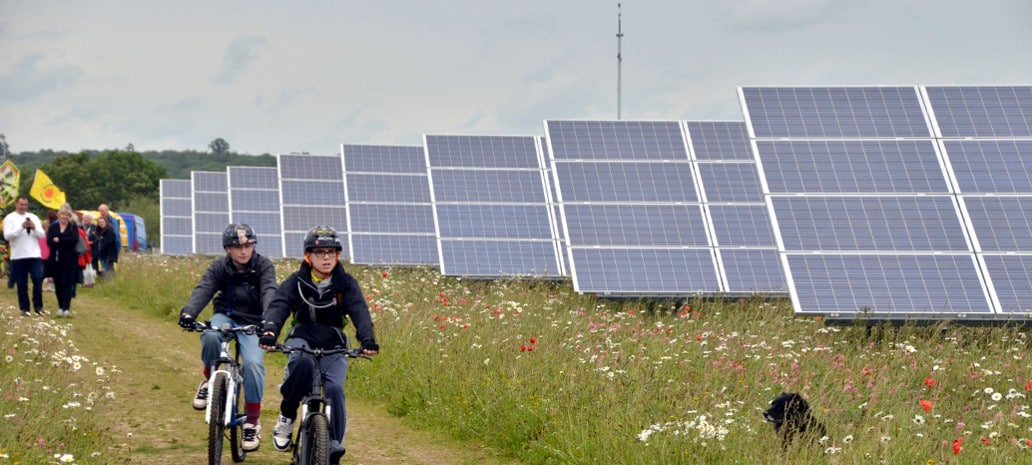After Minnesota passed enabling legislation in 2013, the solar industry has had high hopes for community solar in the state. However, to say that progress has been slow may be an understatement.
A website tracking community solar lists only seven with less than 600 kW of combined capacity in Minnesota. In the service area of the state’s largest utility, Xcel Energy, only four projects have been put online for a total of around 400 kW, as of the utility’s latest regulatory filing.
This is set to change in the next few months. Yesterday Mortenson Construction, one of the nation’s largest renewable energy engineering, procurement and construction contractors, announced that it has broken ground on the first of eight community solar projects totaling 11 MW. Mortenson expects these projects to come online by early 2017, and to begin work on more projects next year.
Mortenson is building these projects in partnership with SunShare, which administers the projects and signs up subscribers, as well as WakeSun LLC, which is developing and financing the projects. The total portfolio to be built by this consortium over the next year and a half will serve around 6,000 customers.
The initial 11 MW which Mortenson is building joins another 83 MW of community solar which is currently under construction in Xcel Energy’s service area. And while these projects will represent a dramatic growth not only for community solar but Minnesota’s overall solar market, they are still only a small fraction of the projects which developers have planned for the state.
Xcel’s latest filing shows applications for 876 community solar projects in different stages of interconnection review, totaling 820 MW. Another 1,226 projects representing nearly 1.2 GW of capacity have been withdrawn.
Environmental Law and Policy Center (ELPC) Senior Attorney Bradley Klein says that much of the delay in putting community solar online is due to Xcel’s interconnection process, which he describes as “extremely slow”, noting that the process for approval “hasn’t been transparent”.
“I think that there were legitimate challenges, related to the amount of interest and applications that went in at one time,” Klein told pv magazine. “I don’t think Xcel was equipped to handle them, in part because the rules in place were outdated.”
“There were also a lot of decisions that were made about applications that resulted in barriers being placed up, that didn’t indicate a desire to move things through quickly.”
ELPC has joined with Interstate Renewable Energy Council and Free Energy to initiate a process for reform of Xcel’s interconnection process, in a docket which is current active before state regulators.
“It will take some time to develop those rules and implement them,” notes Klein. In the interim, Klein says that there has been some recent progress in moving projects forward. “It just feels now like it is finally getting its legs under it,” he explains.
This content is protected by copyright and may not be reused. If you want to cooperate with us and would like to reuse some of our content, please contact: editors@pv-magazine.com.









By submitting this form you agree to pv magazine using your data for the purposes of publishing your comment.
Your personal data will only be disclosed or otherwise transmitted to third parties for the purposes of spam filtering or if this is necessary for technical maintenance of the website. Any other transfer to third parties will not take place unless this is justified on the basis of applicable data protection regulations or if pv magazine is legally obliged to do so.
You may revoke this consent at any time with effect for the future, in which case your personal data will be deleted immediately. Otherwise, your data will be deleted if pv magazine has processed your request or the purpose of data storage is fulfilled.
Further information on data privacy can be found in our Data Protection Policy.